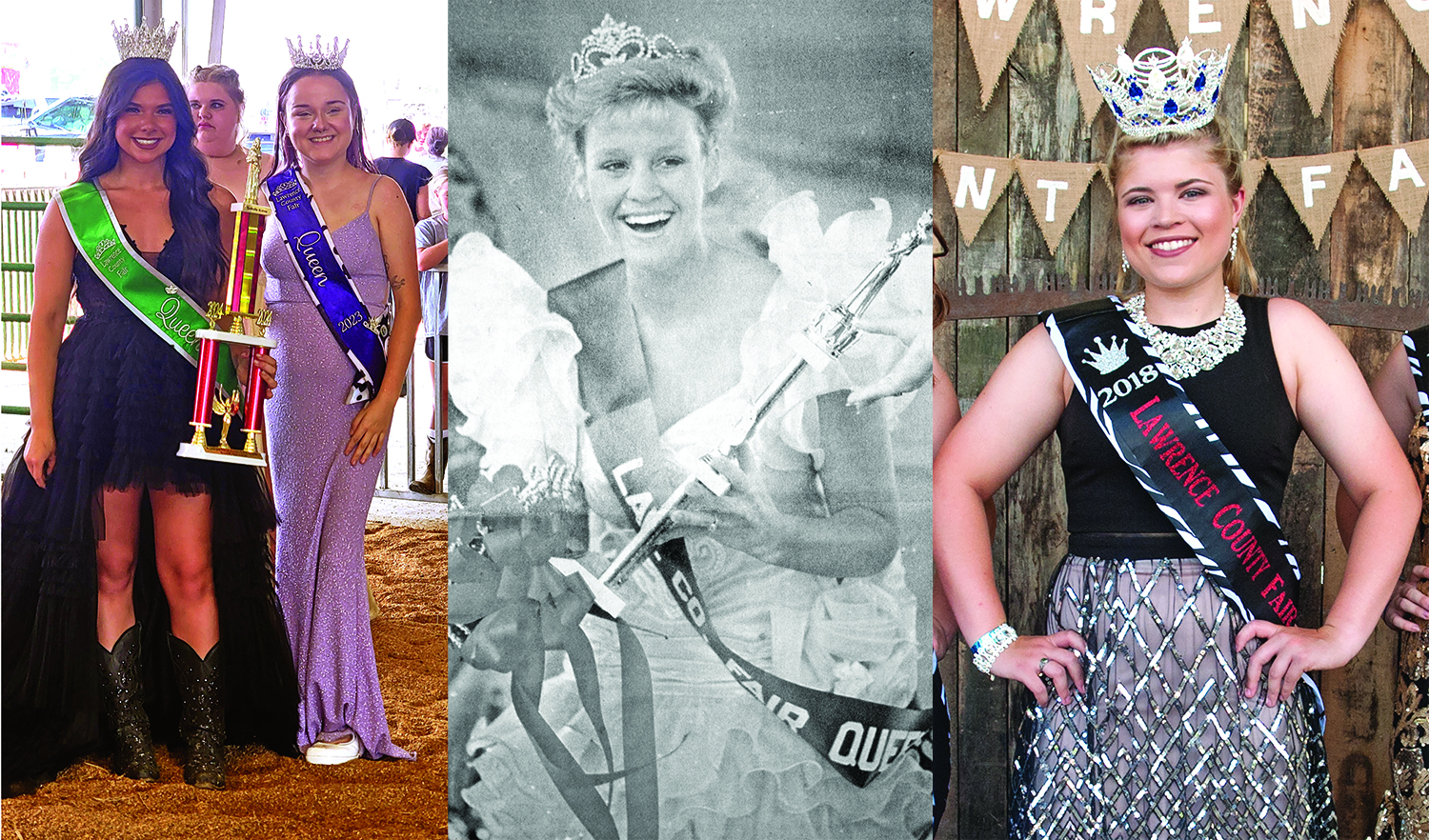Adult bullies lead to suffering
Published 8:13 am Wednesday, October 23, 2019
October is National Bullying Prevention Month.
“Every day, thousands of young people experience bullying from their peers while at school, after school in their neighborhoods and even when they are at home, through social media and texts,” PACER points out. Founded in 2006, PACER is a National Bullying Prevention Center. wwwpacer.org.
But, here’s my question. How do we, as adults, hope to prevent bullying among our youth when adults can be some of the vilest verbal word-villains?
A 2019 article in The Chicago Tribune tells the snarly story. An Illinois freelance writer Melissa Blake wrote a recent anti-Trump op-ed piece for CNN. A mob of mean mug-thugs hurled hurtful names: fat, potato, blobfish.
Blake tweeted back with such dignity and grace — she’s my new heroine. She showed three happy selfie pics and educated the mug-thugs about Freeman-Sheldon Syndrome, a genetic bone and muscular disorder. She’s experienced 26 surgeries. Say howdy to her at melissablakeblog.com.
I’ll admit that I wanted to smear Gorilla Glue Epoxy on the cyber-bully’s malicious lips and dip their foul fingertips in battery acid.
“Most of us encounter adult bullies at certain points in our lives. An adult bully can be an intimidating boss or colleague, a controlling romantic partner, an unruly neighbor, a high-pressure sales/business representative, a condescending family member, a shaming social acquaintance, or other types of abusive relationships,” surmised a 2016 online article at Psychology Today.
An adult bully can also be a president, a politician, a professor, a physician, a police officer, a TV producer, preacher, a parent, a partner or a peer. A bully likes power and control. “It’s my way or the highway.” Bullies can often be found in positions of power.
Being bullied goes right to our core and we feel disrespected and treated unfairly. We expect adults to act and react with maturity, not with a total toxic tongue. Bullying behavior is a consistent and intentional pattern of intimidation, harassment or aggression.
In a 2018 article on the Ohio State University Wexner Medical Center website, Ken Yeager, Ph.D., reported, “Adults are being bullied at levels similar to adolescents, according to a 2017 survey conducted on behalf of the American Osteopathic Association. The online survey of more than 2,000 U.S. adults found that 31 percent of Americans have been bullied as an adult. The survey defined bullying as being subjected to repeated, negative behavior intended to harm or intimidate.”
Again, I ask the same question. How do we as adults hope to prevent bullying among our youth when adults can be belligerent bullies?
And reality TV shows are ripe with bullying behaviors. It appears that competition can bring out the snarky, nasty and ghastly — threats, personal attacks and manipulation. Pathetic producers pander the performance drama for ratings. Folks, just change the channel.
Bill O’Reilly, former Fox News Host, was finally fired, but he reigns as the classic bully of the on-air culture of a host bullying guests.
“Simple peck-order bullying is only the beginning of the kind of hierarchical behavior that can lead to racism, sexism, ethnocentrism, classism, and all the other “isms” that cause so much suffering in the world,” surmised Octavia Butler.
As adults we must continue to role model and teach the Golden Rule to our children. I ask another question. Can we create a world without bullying?
Melissa Martin, Ph.D., is an author, columnist, educator and therapist. She lives in Southern Ohio





